The nice thing about being last on the tour is that I have the benefit of completely broken in equipment. The new smell and feel is gone. Gone through many miles and air flights, and USPS trucks and many ears filled with various stages and consistencies of earwax. Various stages of responsibilities and obligations set under the guise of "I have to get this done, YESTERDAY!"
That is the beauty of being last. I have no such pretense. I have no such obligation. No such responsibility. Kind of like when I applied for the tour....I was late, I was after the deadline...and well...didn't get onto the tour. But, as luck would have it, another dropped and I caught the RHA bug. As time would have it, I was between reviews, and successfully breaking in some of my own gear. Yiiipppeeee! It was fate. It was almost like RHA knew my Scottish heritage. I gladly accepted the spot, and waited. Other reviews and gear filled my time.
I casually waited for the arrival, and perused the reviews. Having a pair of fine RHA ma750 (non-mic), I knew of RHA's near-legendary build status. Known for a build equivalent on par with a Swiss watch, I really like the sound. A bright vibrant sound reminds me of a stalwart Scot who is friend to all at a party.

I was hoping that the sound of the enclosed gear would rival my happily owned ma750's. Reading the various reviews, all commented on that build as top notch. But when sound was discussed, the views varied wildly. Yes wildly, not widely. Widely denotes a common line in time albeit one with variance. Wildly denotes all over the place, passing that line with the speed of light, in all directions. I loved that, and awaited my take on that ride, grabbing hold late one Saturday, after the snail pace of my wait on the day of delivery (not the fault of the sender). As hours turned into MANY hours, the lateness of postal delivery...by tortoise I have no doubt, finally brought the product(s) to my door.

Hence, the time begins....A huge thanks to Nik and the RHA team for including me on the tour. I will do my best with various devices in hand to give an honest open review.
I have an affinity for the state of Kansas (otherwise known as “flyover country”). It stems from the hours and days and months I spent riding my mountain bike through that wonderfully peaceful scenery, as distraction from classes at Kansas State University (#EMAW). Far from civilization, we would just ride. Sometimes we met a rancher, but before we could be booted off his land for trespassing; we always mentioned how we had mended a section of fence for him, or cleared some brush from their fence line...something to show we cared about his land as much as he and his family. Over time our group grew to a hearty 5; but the rules did not change. We ALWAYS fixed something. The mutual respect between the rancher and our group of mountain bikers allowed us free entry onto land that few if any would visit, ever. This solitude was not lost on either the rancher or us. Ever.
That affinity to
Kansas carries over the group, which shares that same name, a group I wholeheartedly recommend you give a good listen. It was this music, which was used for the week (along with many of my standards). I could not think of a better tie between the heartland, and the Scottish country. A country with a proud heritage of many items. Not the least of which is the best single malts the planet has ever known. Of that there is not debate in my mind. It is with that same fortitude, which I do believe RHA crafts their wares. Having, and still owning the ma750, I understand. If the product cannot stand up to Scottish standards, it is of no use. It is not good. Well...I can unabashedly state that the quality of craftsmanship is excellent. Top notch is a term thrown about, but would not be a shy comparison here. It is that tie between Kansas and Scotland, which gives me the tie and the right to proceed on this solitude of listening. I am within, and I do not mind.

V-shape sound. Bright highs, somewhat deep bass, bleeding into the sub-bass often. Not unpleasant, but not what I expected from a flagship. Definitely needs EQing.
Compared to the FLC8S-recessed mids, lack energy. Filter versatility and a more vibrant sound. Again, EQ needed to compete.
Compared to the Aria-not as neutral, overwhelming treble. Lack of control in bass. Aria defines warm full-even sound. CL1 has to try really hard and must be EQ'd to compete.
An intimate sound stage accompanies that “power,” from the L1 to the CL1. This is not an unpleasant sound, mind you; it is just not as open and authoritative as I expected. Running my FiiO x5iii on 80/120, through
Tidal and the L1 all the way up and on high gain, yields a decently loud sound, and of good quality. Again, the V-shape of the CL1 compliments the L1. But, I am left wanting
MORE…. more power, louder volume…It was not until I hit 100/120, that the sound became uncomfortably loud. Granted, my old ears do have a hearing loss, but I have not gone that high on the x5iii with anything else. That said, when running the Line Out at 120/120 on the FiiO, I am allotted a good dose of power from the L1, which then drives the CL1 the way it was meant…Full, detailed, albeit bright, I am more happily enjoying the sound.
For rock such as Stevie Ray Vaughan, this combination of full on Line Out and 2-3/5 on the L1 provides the CL1 with the necessity of power needed to portray the music
almost as if one were in the crowd at an SRV concert…almost. The treble still seems a bit bright, and too far forward for my taste, but this can easily be compensated for by EQing the treble down on the L1, or whatever device you are using. That is
IF you prefer a treble, which is not as hot as this.
For me though, that hotted-up treble masks the detail I like in the mids. The bass and treble squeezing it out of the way hide that support piano, or support instrumentation, while they both compete for center stage. Those that like competing ends will most definitely enjoy this competition. And I can see the benefit of this in songs such as almost any Stevie Ray song. It is after all, his guitar, and the bass line, which holds the song together as SRV’s voice shines.

As for the sound qualities of the L1, I stated before they are quite nice, and acceptable. Switching to Dave Holland and his excellent
Hands album, my reactions are tamed, in a good way. Music of much better quality, allows the L1 to do its work. Paired with the CL1, I can now see the benefit of both. There is most definitely that synergy going on…the pair
WAS made for each other after all…A good solid bass, paired with the forward trebles allow the Spanish guitars to play effortlessly. Recessed mids are not unacceptable here. Allowing both ends around them to come through, without congestion.
If one likes expressive treble, then this may be your ticket. Not sibilant in nature, but a far reaching treble affords the CL1 to shine (pun intended) in that realm. This is definitely a V-shape, and one can accept that if ones likes. It has been said, though that for a “TOTL” IEM, this is too much of a V-shape. I would agree; but RHA has never really been one to follow the rules. Out the window went mediocre build quality for the masses, when they came along. Out the window went a tie with a large corporation, which aides their process (one needs only step inside an Apple store and you see a variety of RHA products). Out the window went a “neutral” IEM as a flagship. RHA is playing by their rules, and I completely respect that.
If one does not like the sound, then one can EQ the sound to their tastes. This is an almost refreshing aspect. One with which you can either adhere to, or look elsewhere. I have not run an EQ as much on any of my other IEM’s, as I have with the CL1. And I do not mind.
Running the CL1 through my FiiO x5iii and Aune S6 provide a MUCH different sound, than the DACAMP L1 does. Gone is the fairly even bass and treble push. An overly bright sound, overshadowing the decent bass is had streaming Tidal and Jimmy Buffett. The bright sound might suit some, but I find the treble too much to handle. That said clarity is extremely good with this set up. So, if you like an analytically bright sound with excellent clarity, then this is a good pairing.
Repeating the sound, through the native FiiO app confirms that the triplet is quite a vibrant and bright sound. I admit it; I like a warm full sound. I
adore a warm sound…it is like that Guinness, which you drink warmer than it should be, but you still love it; because it is just
right. That said, I do kind of dig this cold analytical sound. This is Guinness like it was meant to be served…
ICE COLD. And I’m OK with that, because I
LIKE Guinness. And I must admit, I like this colder sound. This makes the CL1, quite good, detailed, with excellent separation and placement of musical note.
*Carryover from the DACAMP L1 review*
I must say, as did
@Brooko in his thorough review; that the more time I spend with this little device, the more I come to appreciate it. The more I appreciate the simplicity of plug-n-play. The more I welcome how seamlessly the RHA Team makes all of the functions work. The more I value the ability across listening/music platforms…FLAC? No problem. MP3? No problem. AAC? It…just…plays…running
Los Lonely Boys (another of my all time favorites) through my x5iii, and the L1; the CL1’s simply shine. With this combination, I can bypass that V-shaped sound. I can forgive the need for
POWER! There is no want for more, running these together. A benefit of the Line out on the FiiO, is that the volume is adjustable. A near unheard of feature in mid-fi DAP’s. And well worth it, in my mind.
Born on the Bayou simply oozes through this combo; making me feel as if I was in a backwater open air Cajun shack of a bar. Throw a lime in a cold beer, and you are there. A superb combination, not to be diminished when one considers cost.
Combined this “set up” runs north of $1600 USD. Not cheap, and for that outlay of cash, one would hope for this type of synergy. I guess it just goes to show, that even devices, which may be less than “worthy,” to some based upon their sonic preferences, can shine as part of the whole. I’m not saying I will run right out and purchase the RHA’s no; but I
AM saying that for that kind of outlay, one could do much worse.
This really does show that the CL1 performs best under the “influence” of an external power source. While not bad running solo, one truly benefits from the addition of the L1. Think Big Bird and Snufalufagus, Bert & Ernie, Statler & Waldorf from the Muppet Show; and you get the idea…solo, they really aren’t that good, but paired together…WOW! What a difference! To really shine, the other is needed.



Alone, the CL1 is adequate, but not up to the level of comparably priced IEM’s, such as my Vibro Labs Aria, or the excellent Lend Me UR Ears FLC8S. When running at this price point, one must not only compete against the other I mention; but also “hand made” IEM’s such as the Campfire Audio Nova, and equally good Lyra II. This is a crowded market, as is the DAC/AMP one…
This is not a bad thing as a consumer, mind you. But for the PR departments of competing companies, an absolute nightmare…How does one promote
THEIR product over the other?! I’m not sure I can fully answer that, other than to say that as a company you must innovate…be different…apply your sound to a market, which has not been tapped yet; or at least not too much…And I do think RHA is on to something here. To combine a top quality DAC/AMP with a “flagship” IEM makes good sense. For the price of a near-entry level custom IEM, one can have a really quite decent IEM
AND a very good DAC/AMP. To those with the need or cash to fortuitously think of that level; they should indeed consider the RHA CL1/L1 combo. It would be a good addition to an already existing DAP, or even to use as a desktop set up.
That said if purchasing separately, I probably
would consider the L1, instead of the CL1. To make the CL1 shine, the need for equalization keeps poking me in the side…and I do not like to be poked in the side, let alone poked anywhere.

The L1 can overcome that need to tame the V-shape, or
enhance it, should that be to your taste. The CL1, does indeed give a good base in which to work, and one for those who
do like a V-shape. But, that should not limit those who may prefer another signature. With a good EQing, one can indeed make the CL1 work to their advantage, but it will take work. With that, I would recommend the pairing together. Or, if you only purchase the CL1, prepare to look for an external amp; it is in need of a good one.
Comparisons:
RHA CL1 Ceramic ($449) v Vibro Labs Aria ($499)
A definite V-shape defines the CL1. Decent reach at both ends, allows the bass and treble to mostly shine. It is quite apparent that the mids take a back seat to both. If that is your ticket, then you won’t be unhappy. As for the Aria’s, the signature is more even across the board, with excellent clarity. Vocals definitely shine with the Aria, and they are quite good at representing that sound. With an overall sound on the warn side, this is my go to IEM. I see no reason to move up the “chain” any higher. The sound stage is bigger, too. While the CL1 tries to cover that lack of mids with elevated ends (verified by Brooko and his excellent sonic findings), and nearly pulls it off. I do like the sound signature, but to be completely happy, I would need to equalize the CL1 pretty heavily
for my tastes. Something I do not have nor need to do with the Aria. To me, the winner here is the Aria.
RHA CL1 Ceramic ($449) v Lend Me UR Ears FLC8S ($309)
I came across a loaner pair of FLC8S’ and I am glad I did. I now own a
VERY lightly used pair of my own. Complementing the Aria quite nicely, I am struck how from one day to the next I can be happy with either. Granted, with the ability to change the umpteen filters, you would be hard pressed to
NOT find a sound, which you like. I currently run the black-red-gunmetal combo (from outside to nozzle), because I like the bass the FLC’s pull. This is where they best my Aria…bass…And a top quality bass it is. Far reaching, and sonically deep/correct (to me); the FLC is a steal for full retail, let alone a used pair. During my review, I lost my pair…I was so despondent that I nearly purchased a new pair on the spot. Luckily, I found them in a box of Vanilla Wafers, which I had taken to school…cue the Crackerjack
™ jokes…That is how much I liked the FLC8S. The complementary synergy with my Aria, makes both better. I cannot get enough time for either…
That kind of synergy evades me with the CL1. Only when I match the L1/CL1 combo does it come close to that level. But alas, it does not. It is good, and as I said, those with more neutral tastes will find the pair quite attractive. With the tuning ability of the L1, one can
ALMOST overcome the deficiencies…almost.
RHA CL1 Ceramic ($449) v AudioQuest Nightowl ($699)
Not really a far competition, but what the heck, I did it, and I’m glad I did. I will say up front, that I am in love. I am in love with the sound of my Nightowl’s. A very different sound than my favourite IEM’s, but that is one of the points in my love. An almost holographic sound signature provides me with a wonderful alternative to the Aria. One, which is in complete complement. Decent bass, good reach in the treble, and mids, which are allowed to shine for what they were meant…honest and true. The NO allows the music to shine, sitting quite comfortably in the background. And I like that. Emminently comfortable, and a sound (to me) second only to the Focal Elear, which I was lucky enough to use as a loaner. So, as I said not really a far comparison. But one I made to make a point. A point, in that for the near-same-price (actually less) I can come away with the Nightowl and the FiiO A5, and be quite happy. Happier than I am with the CL1/L1 combo. Again, YMMV, but what with the multitude of options, the CL1/L1 combination is an excellent one to consider.
 Finale:
Finale:
You might think that will all of my gut punches, and near-denegration of the RHA’s, that they are not good. That would be false of you to believe. Here is why. I still own (OK, my son just absconded with them…) the RHA ma750, and like them. As I said, they were taken from me, but my son now enjoys them. As he should, they are a very good open sound, which competes well
at its price level. The same is what I will say of the CL1/L1, both individually and in combination together.
Taken separately, the CL1 is an honest attempt at making an affordable flagship. Albeit one with a V-shaped signature, which may not appeal to all. I get it, I understand its calling. I respect that, and would highly recommend to those that enjoy a V-shaped signature to give them a listen. Even if you prefer a more flat response, you can EQ-out the imbalances; and enjoy them. When you combine the CL1 with the L1, you have very good mid-fi combination, which can compete with other similarly priced options. The two were meant for each other, and that alone, might be worth a look…taking the consternation out of piecing together a combo might just do that. Impeccable build quality to boot, and you will be hard pressed to best this for the sound signature they provide.
I want to thank the RHA Team for including me on the tour. I do love trying new gear; especially gear, which is out of my “comfort zone” so-to-speak. Gear, which after careful analyzing I would recommend most take a look at if ones taste, might run on the more V-shaped side.




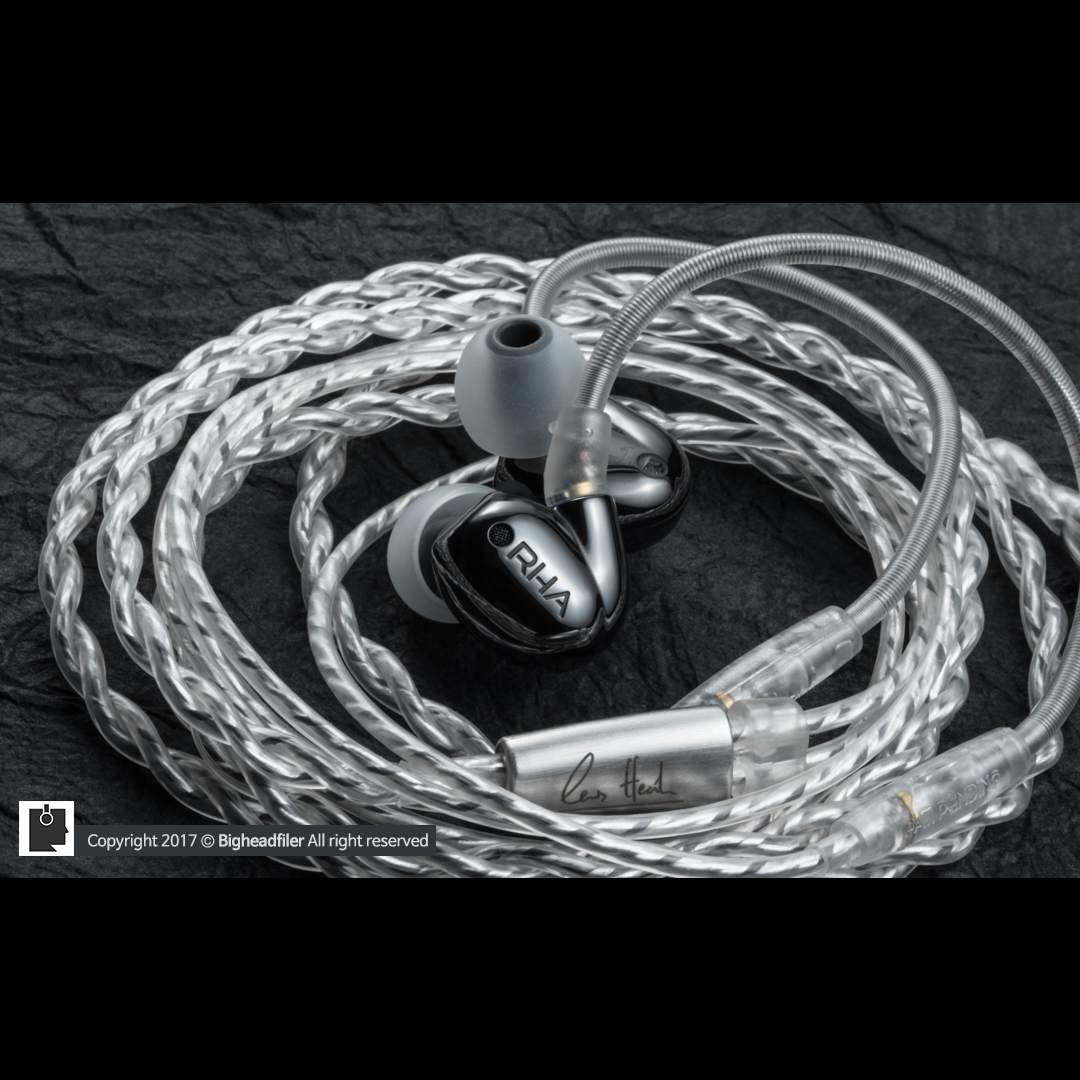
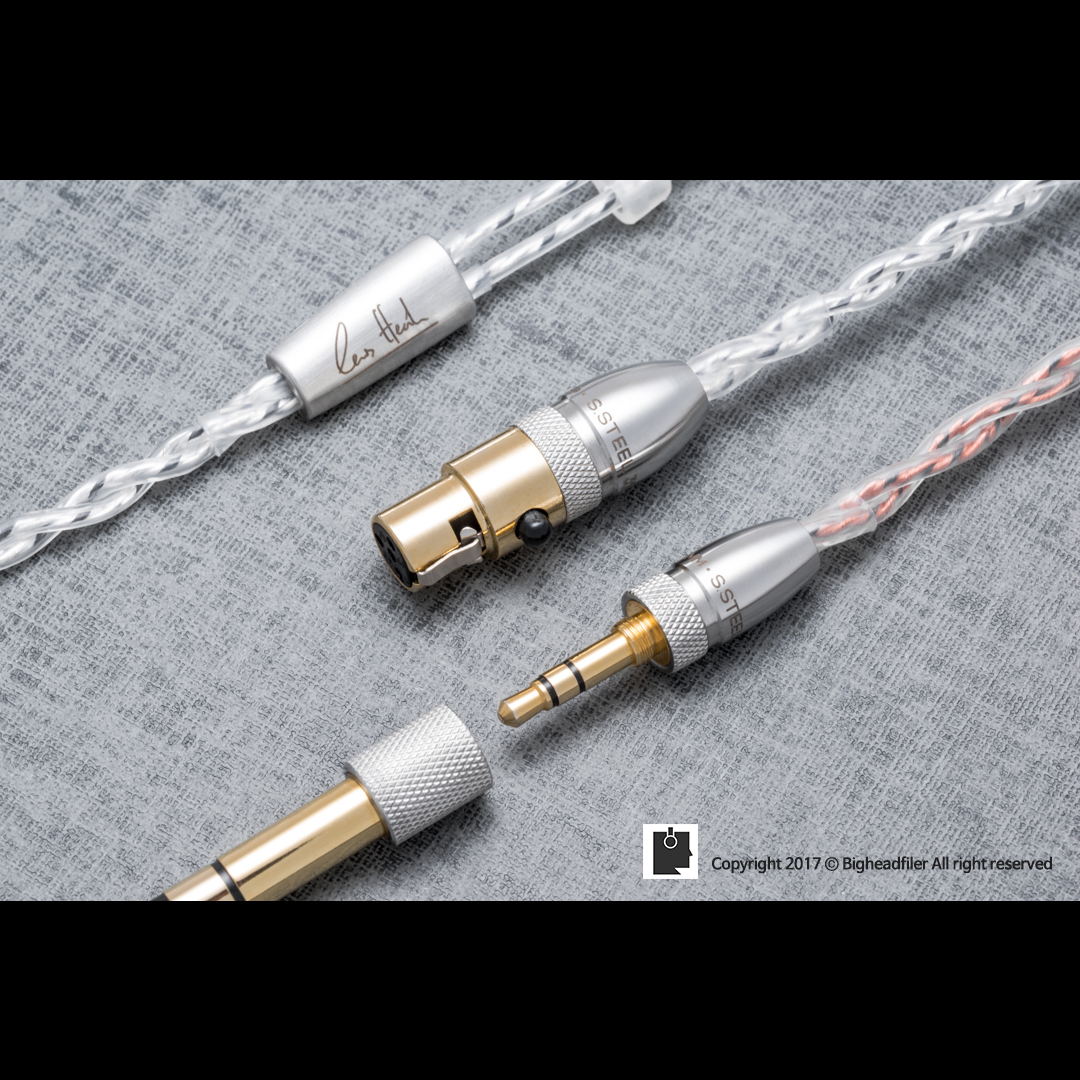


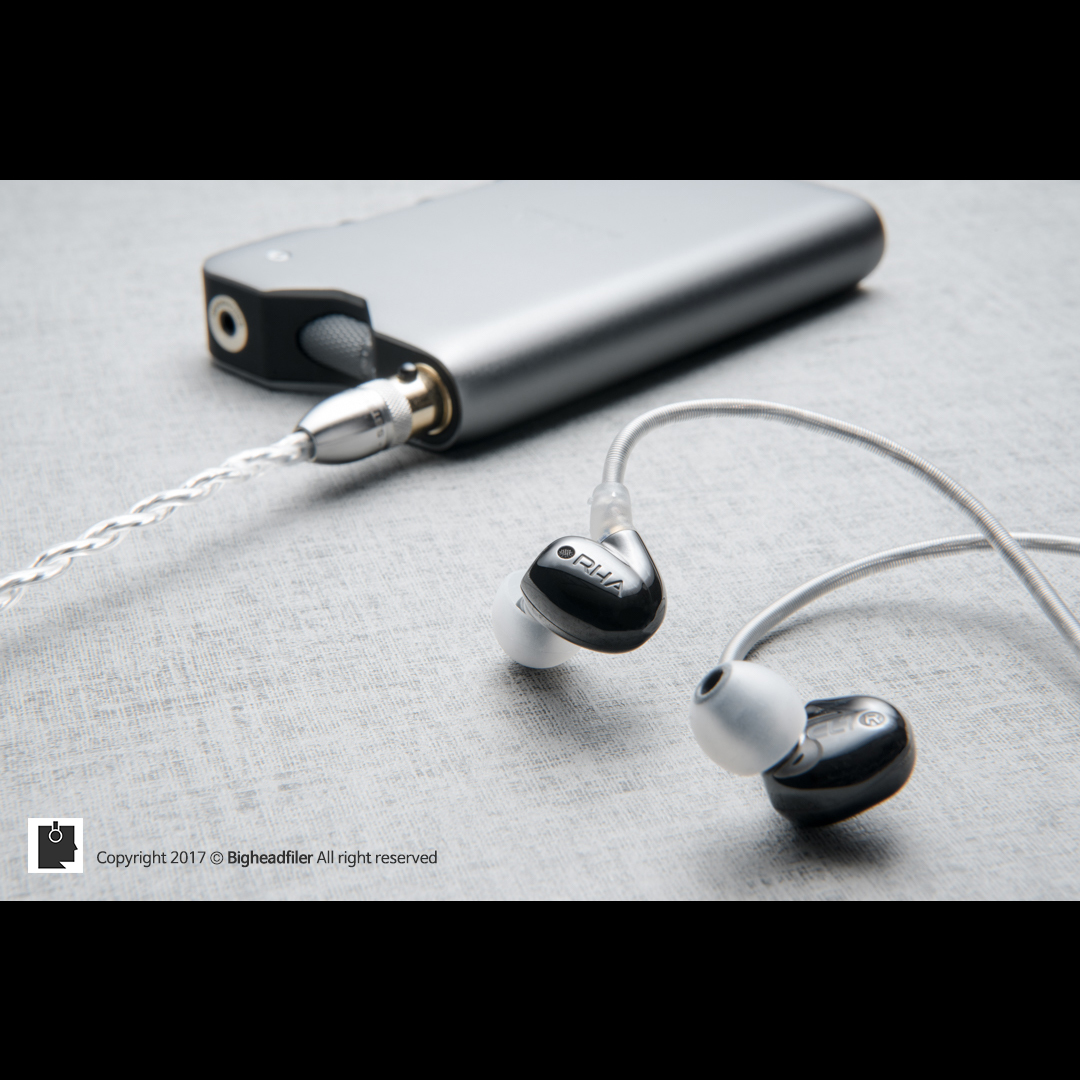
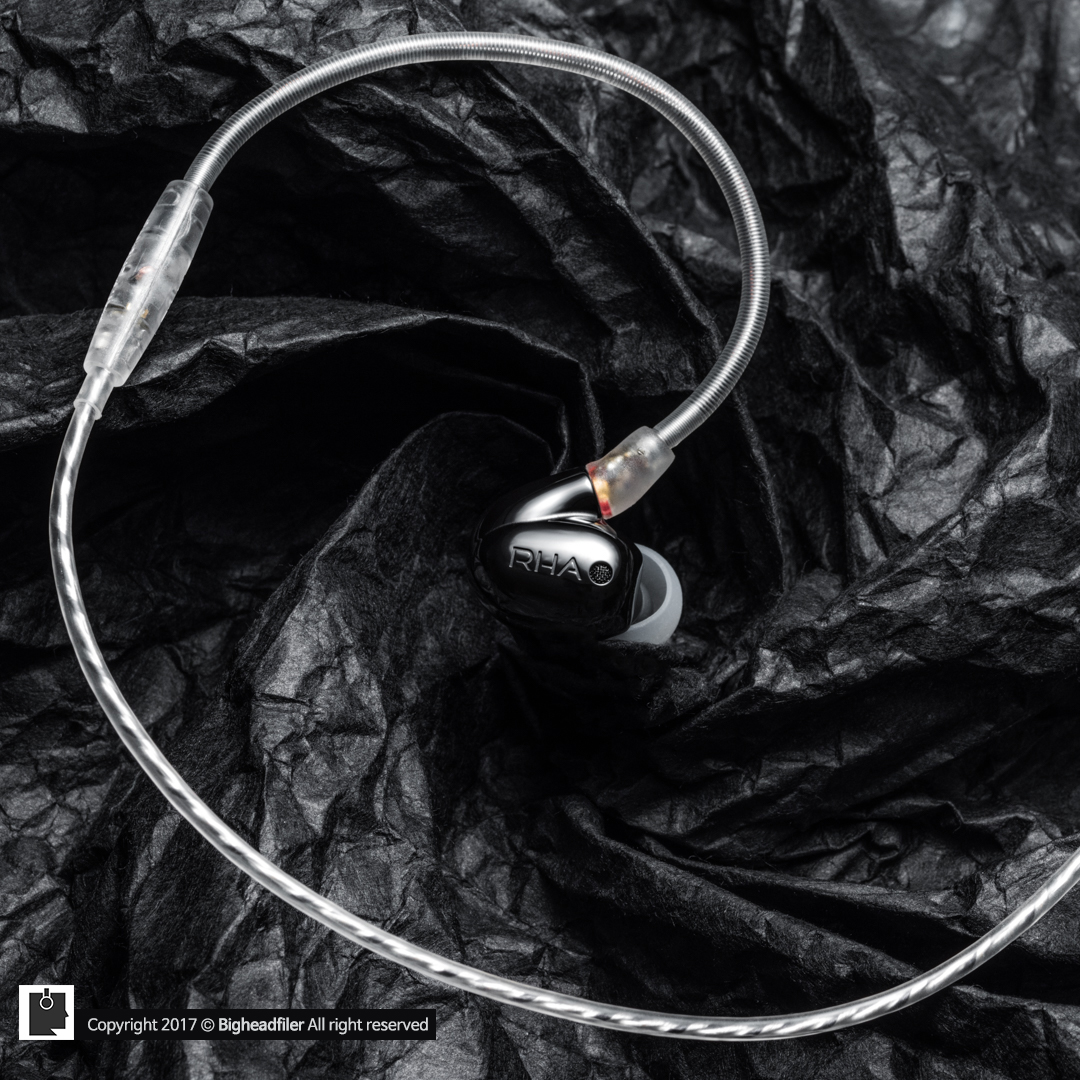


















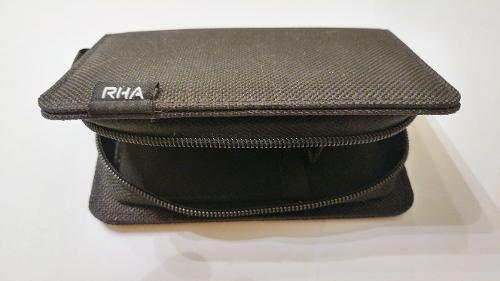






Interesting that you like CL1 - I wish I give them a spin sometime as well. I am curious to say the least!